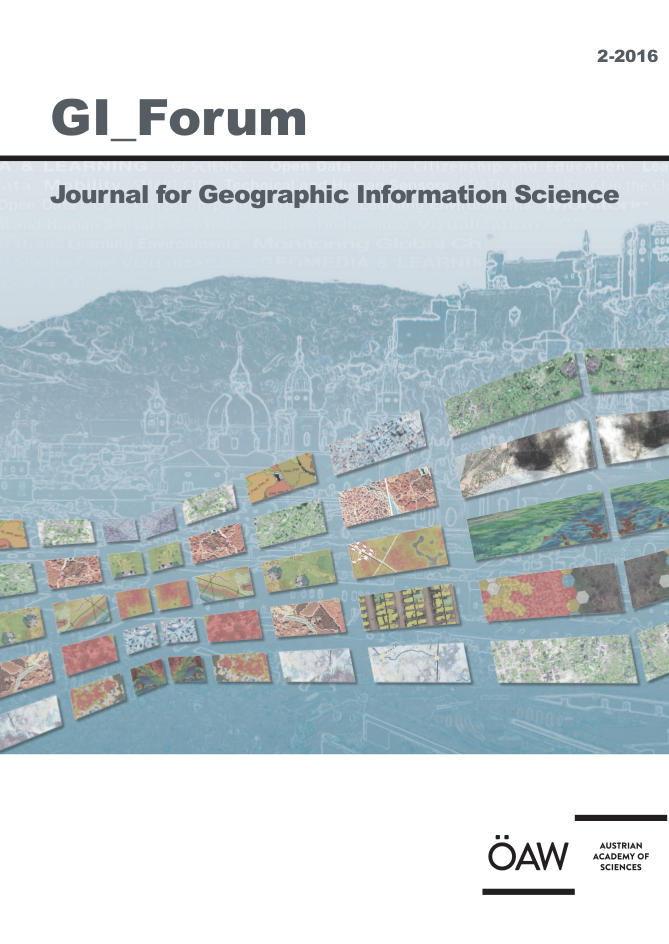
GI_Forum 2016, Volume 4, Issue 2, pp. 36-45, 2016/12/02
Journal for Geographic Information Science

With the increase of travel and transportation of goods, the distribution and invasion of alien species have increased. While the majority of neobiota do not cause any problems, there are some that are problematic for nature conservation, have negative effects on the economy, or cause health problems. In Regulation (EU) No. 1143/2014 of 22 October 2014, the European Parliament and the Council of the European Union published a set of rules to prevent, minimize and mitigate the adverse impacts caused by invasive alien species, and ordered Member States to implement a surveillance system of invasive alien species to prevent the spread of such species into or within the Union. Citizen Science lends itself to the collation of high-quality information on a wide variety of species over a large scale and the long term. However, verification of the data collected is a key challenge for legal monitoring projects, especially regarding costs. To ensure that the data fits the quality standards while also minimizing the necessary budget for the project, an algorithm for the automated verification of observation data has been developed, based on geostatistical methods.
Keywords: citizen science, alien species, geostatistics